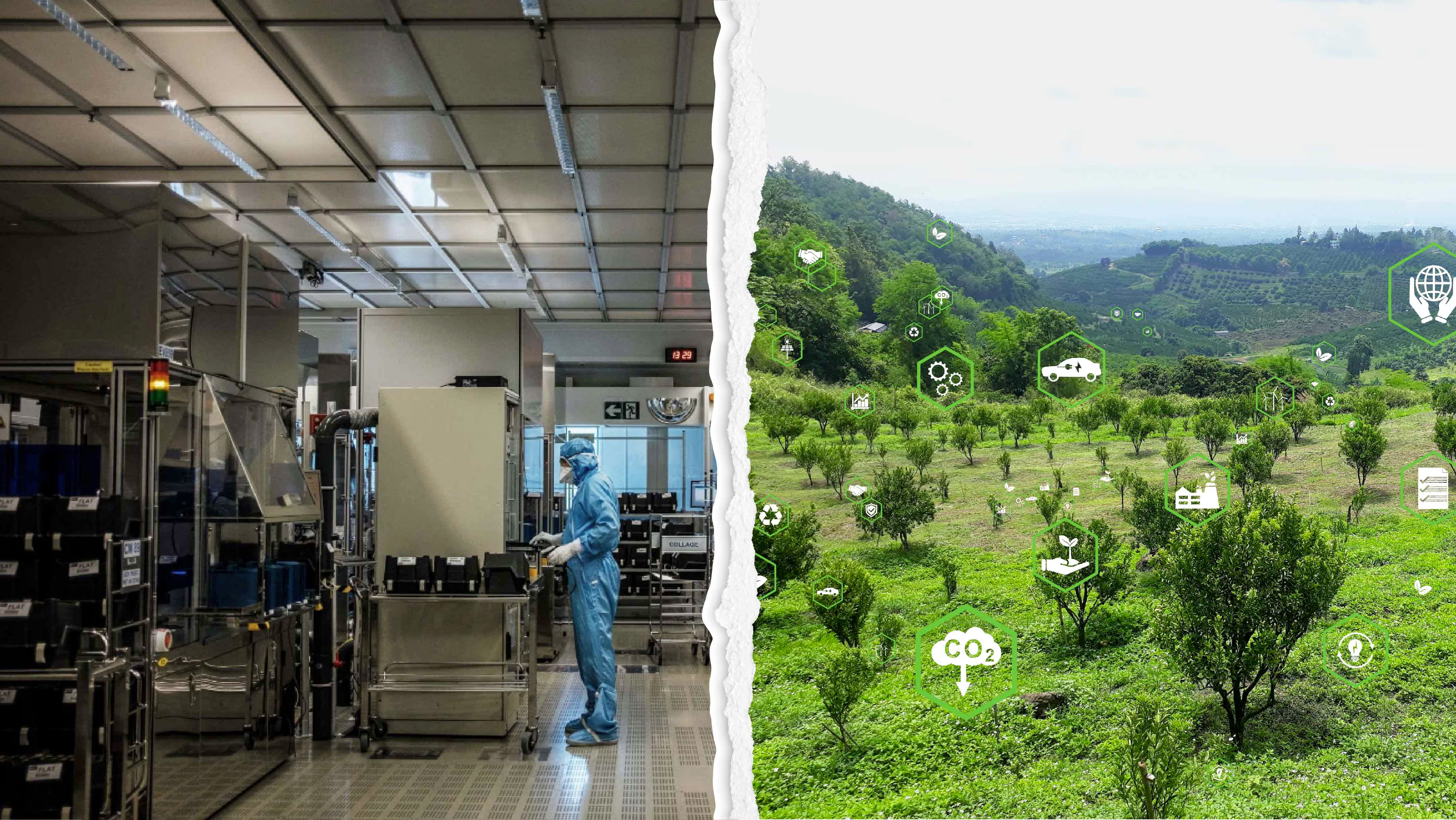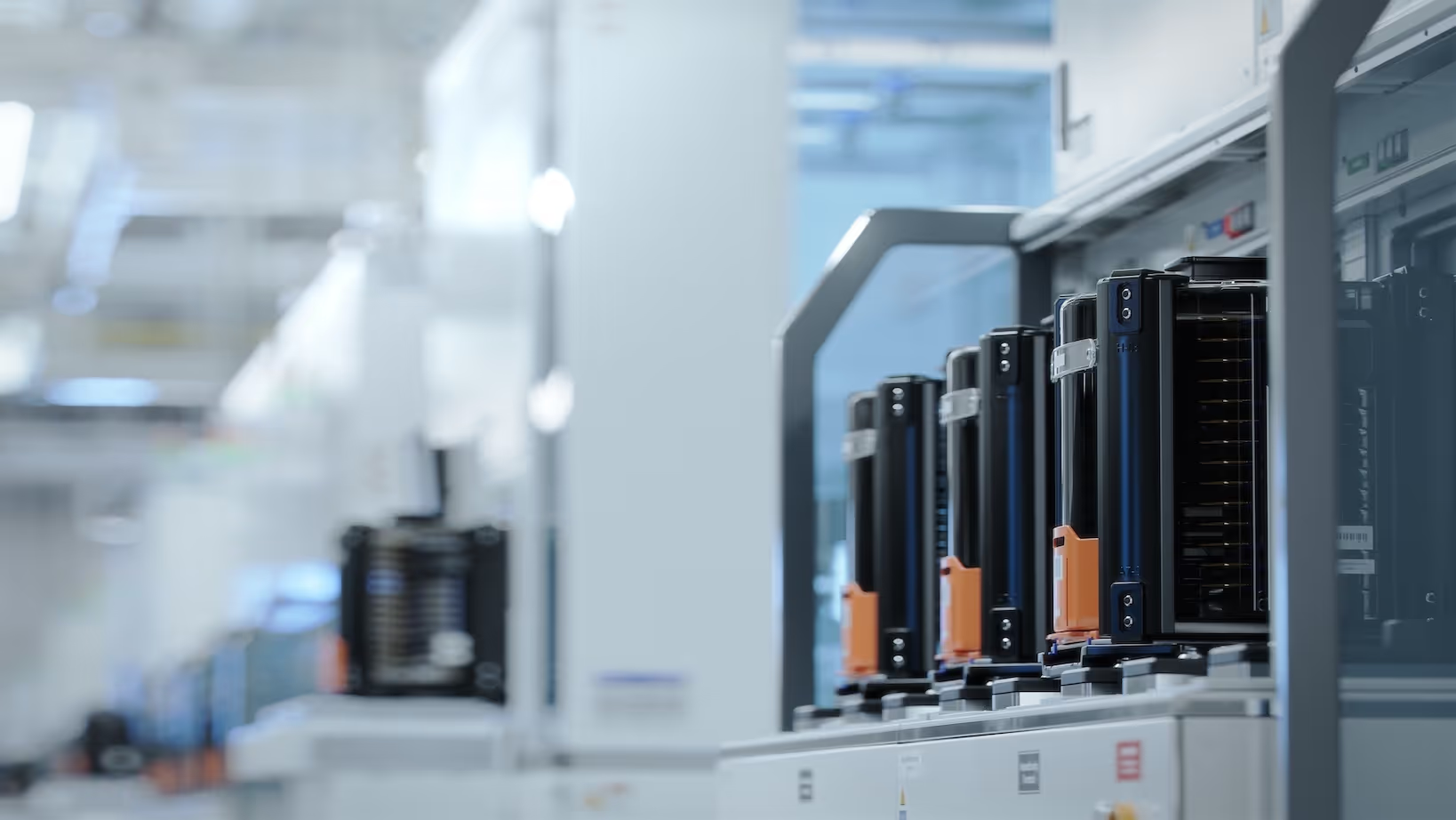Two Factors That Can Make Or Break Wafer Fab Throughput
Being able to control and maximise throughput is critically important to the health and profitability of a semiconductor business. If the factory in question is capacity constrained, then any percentage increase to total fab throughput can be converted into further revenue for the business.
.avif)
A consistent metric that wafer fab and foundry managers seek is high throughput. Being able to control and maximise throughput is critically important to the health and profitability of a semiconductor business. If the factory in question is capacity constrained, then any percentage increase to total fab throughput can be converted into further revenue for the business. Higher throughput can also prevent the need to invest in additional expensive CAPEX.
Achieving operational excellence in semiconductor manufacturing is a very difficult task and requires sophisticated industrial engineering for the best results. Fabs are highly dynamic and can be unpredictable at the best of times (tool downtimes and changing priorities), thus sustaining consistently high throughput is a major challenge for any fab manager or industrial engineer.
In this article, we are going to outline two factors that are key culprits in limiting semiconductor fab throughput, and how to control them by applying smart scheduling strategy.
Factor #1 - WIP mix at bottleneck toolsets
Wafer fabs have to deal with managing bottleneck toolsets since tools can be expensive and some deal with reentrant flow. Bottlenecks have a negative effect on cycle time and overall throughput, however, it is how we manage the sequencing and flow of WIP through these bottlenecks that leads to a productive and well-balanced factory.
At Flexciton, we repeatedly see Pareto's principle reveal that 20% of toolsets are responsible for 80% of wait time in the fab. Tackling the queue time first behind these key toolsets can significantly help with maximising global throughput across the fab, and should be on the priority list for industrial engineers.
Production progresses as quickly as the worst bottleneck allows. An hour lost at a bottleneck is an hour lost for the entire system (following the theory of constraints).
When a toolset is a fixed bottleneck (always in high demand), then it should be a priority to increase throughput at this step as the first point of call. Thus, the rest of the fab benefits from a higher overall throughput as a result. This can be achieved by improving load balancing across the toolset and better scheduling of upstream WIP to ensure optimum sequencing. For more complicated toolsets, you may need to consider optimizing changeovers or consider the scheduling of auxiliary resources (reticles for photo) in order to provide relief to the bottleneck.
It is also common to witness dynamic bottlenecking, whereby the bottleneck toolset may change over time as a result of the changing factory dynamics. For example, WIP might suddenly inflate at implantation toolsets from time to time, but will not always have a consistently high level of WIP behind it. Here, managing the global flow of WIP between toolsets (upstream and downstream) helps to alleviate these dynamic cases of WIP buildup, leading us on to the second discussion point below.
Factor #2 - Local optimization of toolsets
It is common to measure fab performance using local KPIs and targets, broken down by area or toolset for the operators. Thus, there is pressure to maintain constant high throughput across all toolsets (with little or no consideration of the impact this has on upstream or downstream tools).
Unfortunately, when local optimization occurs within toolsets, it can result in a significant imbalance to the overall fab system - leading to poor throughput. Put simply, if we process a load of WIP through 'toolset A' really quickly, then this may end up sitting at 'toolset B' for hours because the recipes are not available! Going back to point 1, this is highly inefficient and is likely to inflate bottlenecks and grind away at your throughput potential!
A wafer fab is a complex, intricate system, and we must optimize the flow across all toolsets to ensure high overall throughput. A fab in which all tools are working at max capacity at all times is actually very inefficient, and a system of local optimums is not an optimum system at all.
We want to ensure that what is being produced upstream of bottleneck toolsets are fed with optimum WIP mixture. Doing this can provide exponential increases in a fab overall system efficiency and ultimate throughput!
Smart scheduling, and its impact on throughput
The key to managing WIP flow across the entire fab system is to introduce high-quality scheduling into the process. By being able to comprehend upstream and downstream WIP flow, we begin to schedule globally across toolsets (rather than locally), and this is the key to minimising the severity of dynamic bottlenecks.
Smart scheduling is critical, as it allows the fab manager to balance priorities and make smart decisions in advance that aid greater throughput. By feeding directly to the dispatch system or providing operators with clear, specific direction on the next actions, it improves predictability and performance throughout the fab.
More resources
Stay up to date with our latest publications.






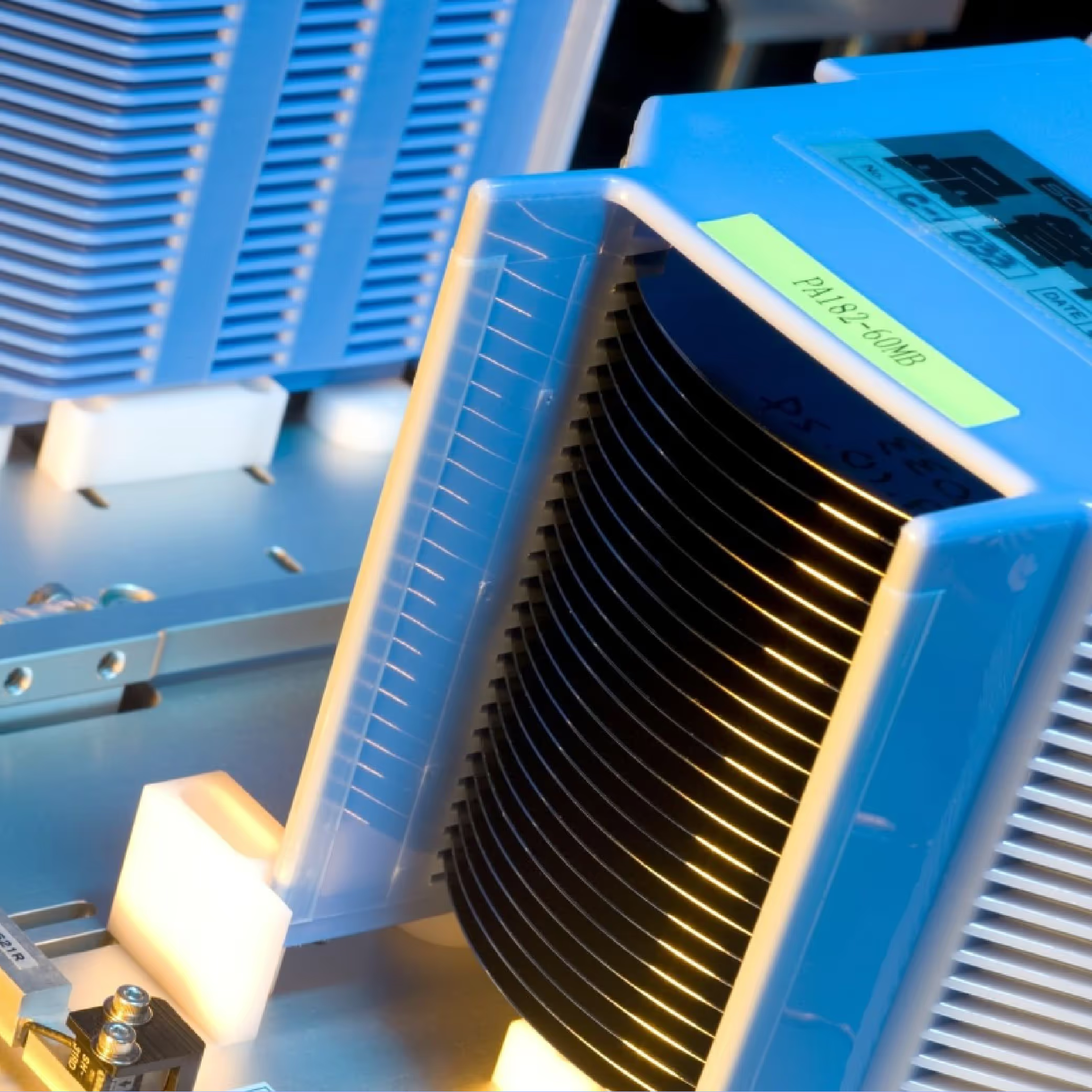
.avif)
















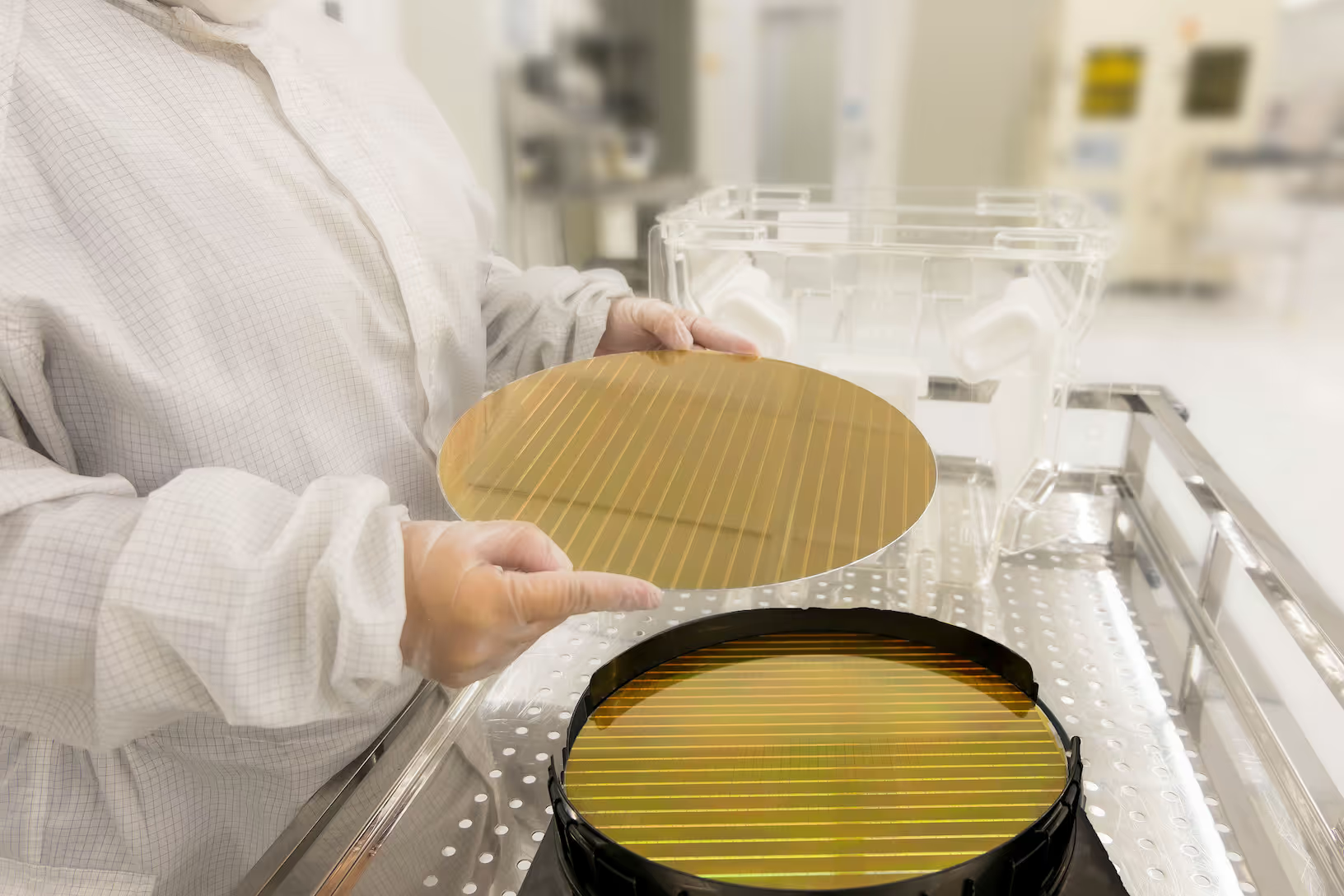





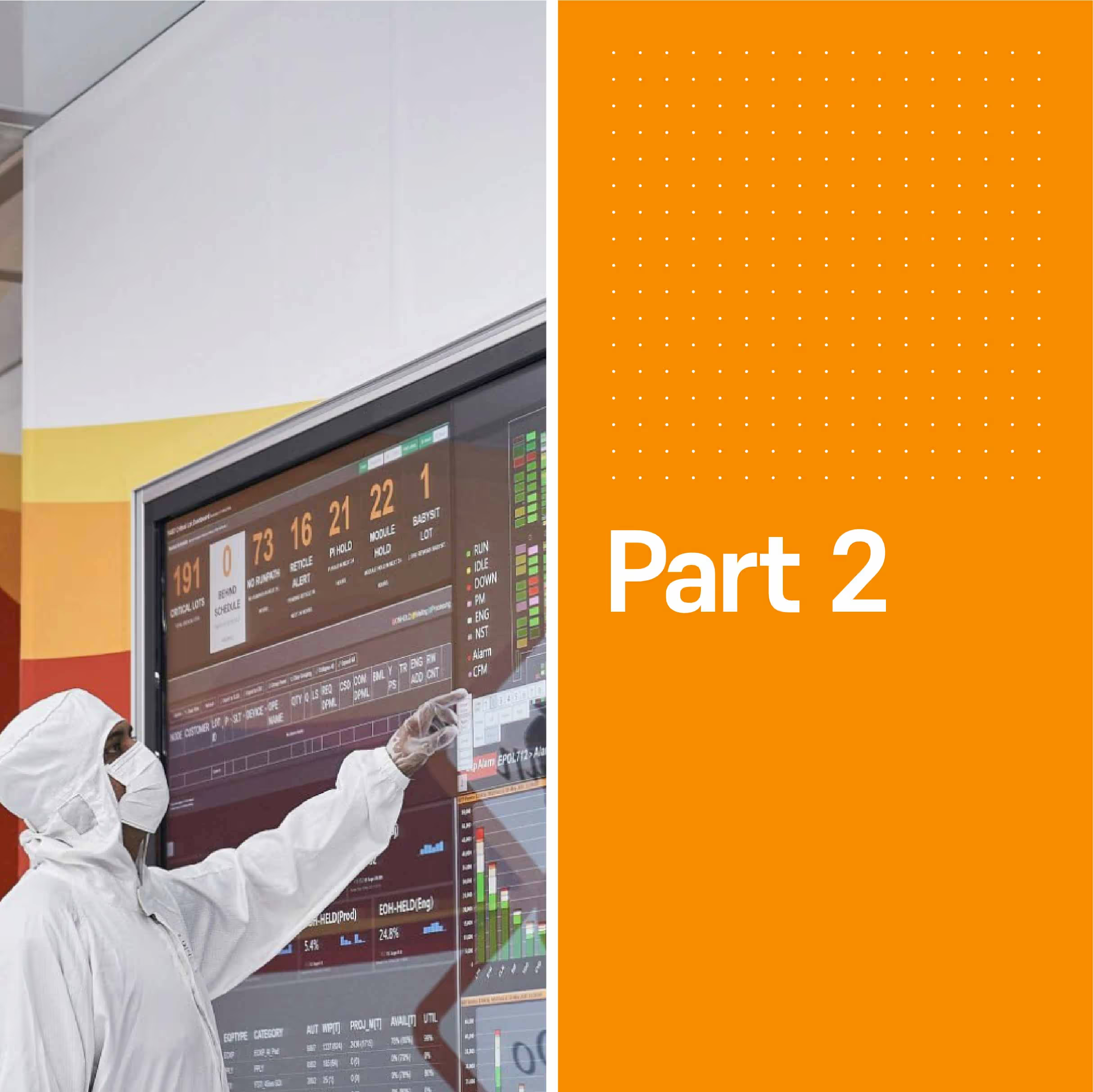




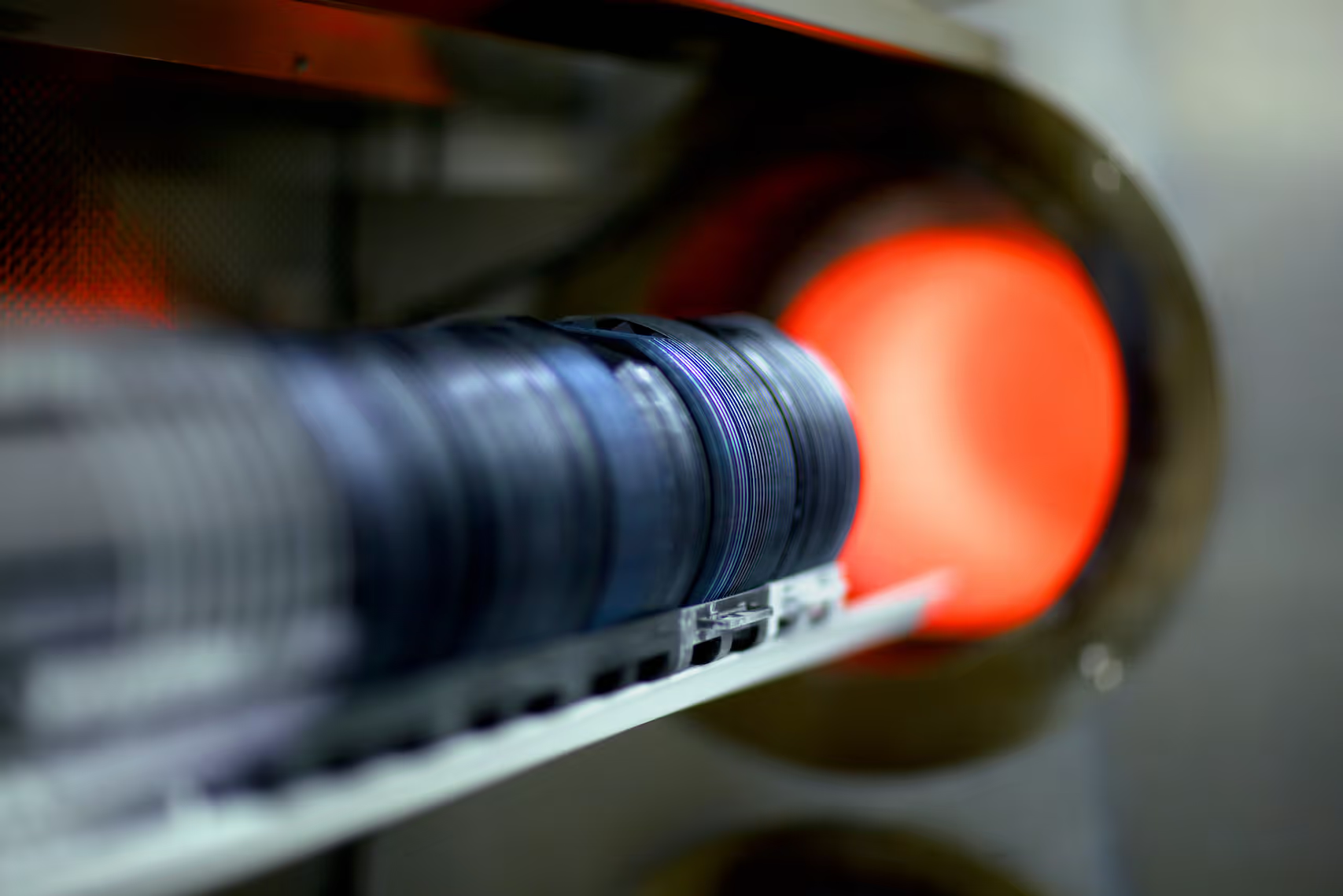


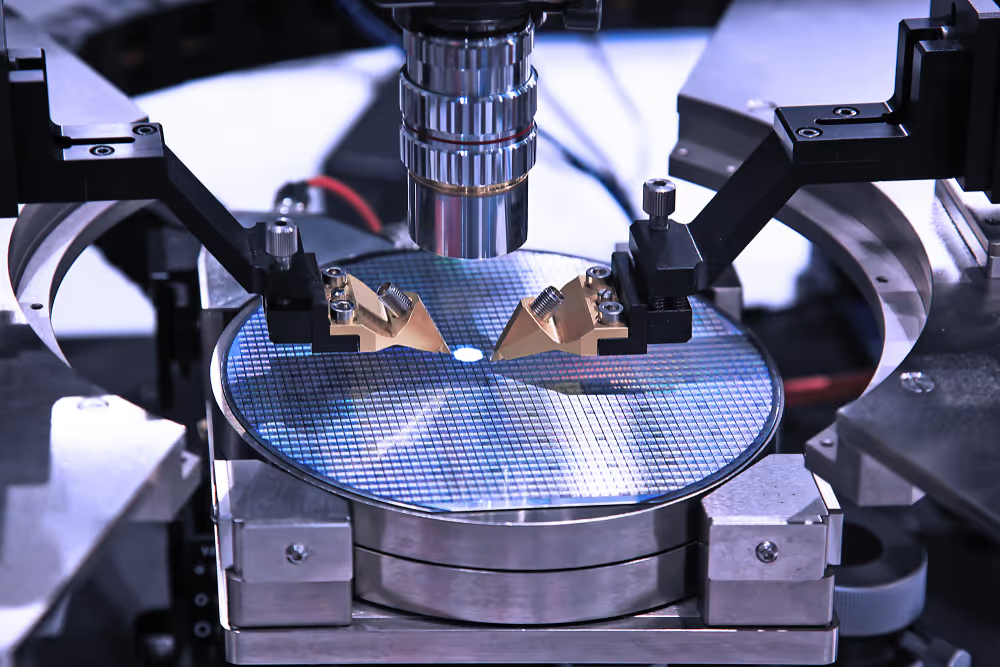


.avif)
